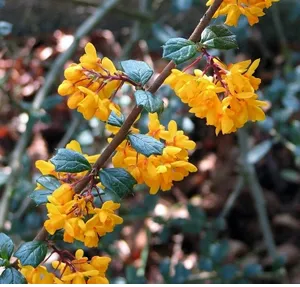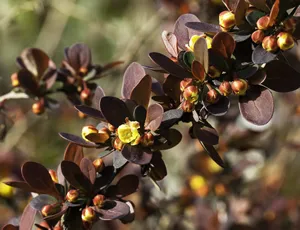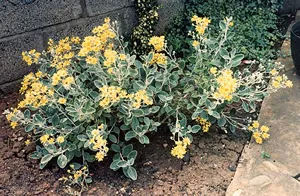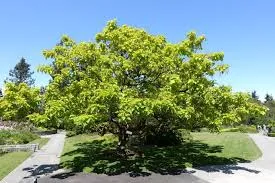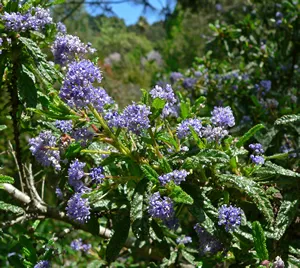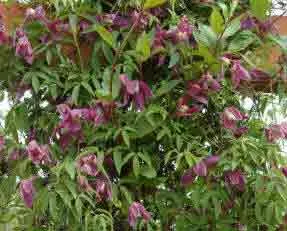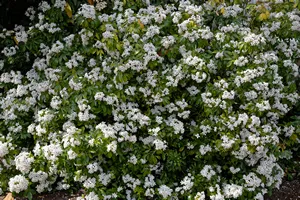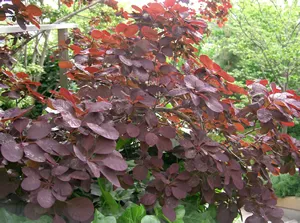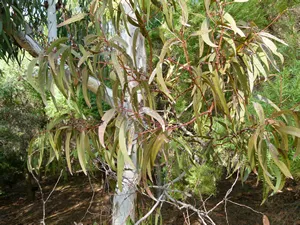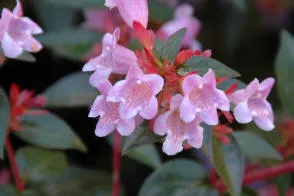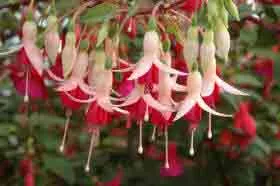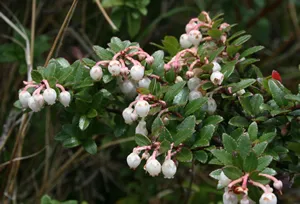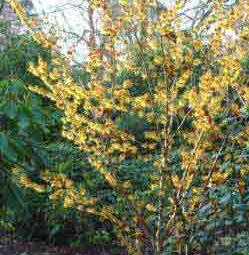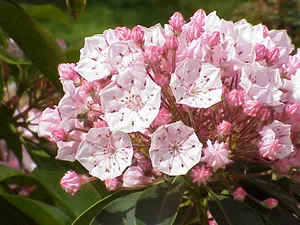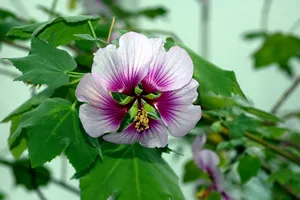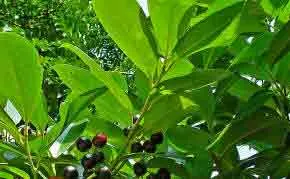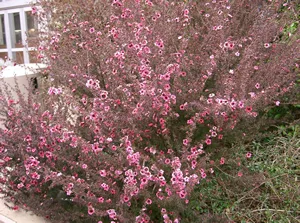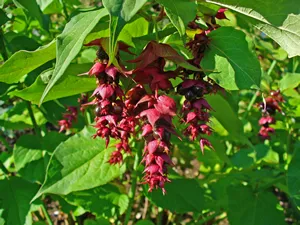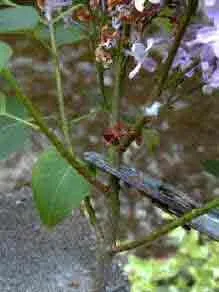Most Evergreen Flowering Shrubs can simply be dead-headed.
The main exception to that statement, is where the evergreen flowering shrub is also being grown for its berries of fruits - ie Cotoneaster and Pyracantha. Deadheading or pruning these would inevitably mean a loss of fruiting trusses that come after the flowers.

Almost without exception, evergreen shrubs tend to have flowers on the tips of branches that were produced in the previous year. In this case, simply prune off the dead flowers by cutting back to the first par of healthy buds below the faded flower truss. In some instances - Rhododendrons, Azaleas - you can simply twist off the old flower trusses, for there will be a new set of buds immediately below the old flower stalk.
Where the flowers are in sprays - such as with the Abelia above, then cut back to a good pair of buds - or single bud where they are not in pairs.
Shrubs such as the evergreen Berberis - Berberis darwinii etc, will have flowers along the branches at the end. Cut these back to where the faded flowers started.
All evergreen flowering shrubs - regardless of flowering time, should be pruned as soon as the flowers have finished. This will give the plant plenty of time during the following growth season, to provide new flowering growths ready for the following year






